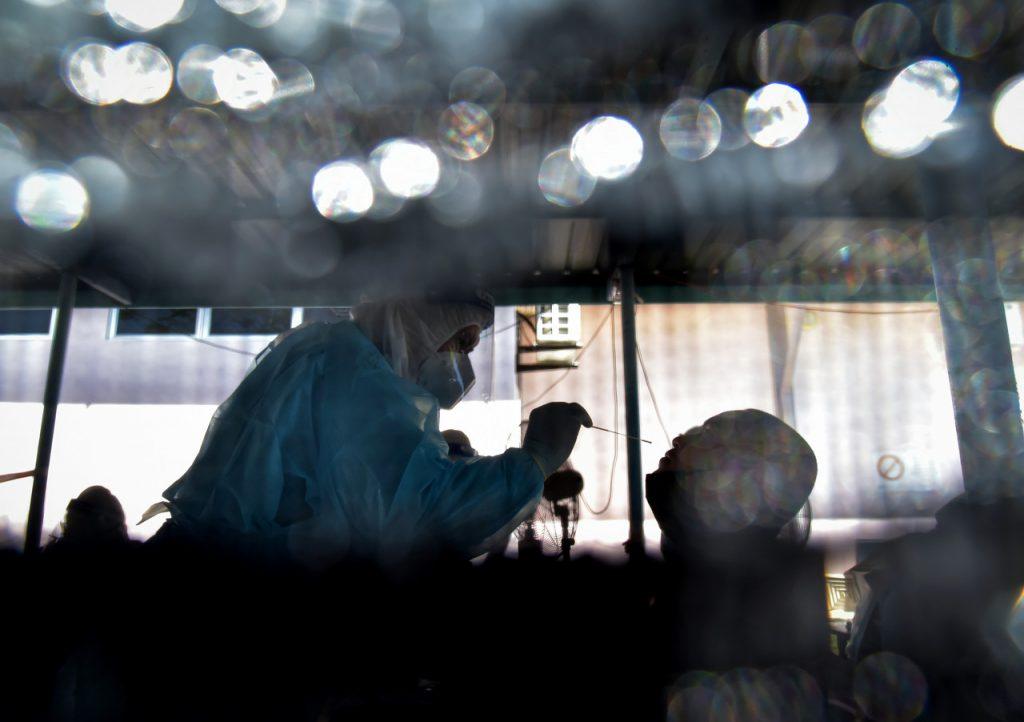Kelantan sees rise in number of patients at low-risk quarantine centres post-Eid
The quarantine and low-risk treatment centre at SMK Salor will be reopened while efforts are underway to identify a location outside Kota Bharu for another centre.
There has been an increase in the number of patients admitted to Covid-19 quarantine and low-risk treatment centres (PKRCs) in Kelantan after the Aidiladha celebration, says state PKRC director Dr Mohd Zurairie Mohd Zubir.
He said this had resulted in 11 PKRCs reaching a capacity utilisation rate of between 80% and 98%.
“Overall, there are 2,300 beds at all PKRCs in the state and the bed utilisation rate for some centres, namely at Pusat Tarbiah Islam Kelantan in Pengkalan Chepa and Jubli Perak, Kota Bharu, has reached 98%.
“Therefore, we will reopen the PKRC at Sekolah Menengah Kebangsaan Salor. We are also in the midst of identifying a location outside the Kota Bharu district for the setting up of a new PKRC,” he told reporters after visiting the Covid-19 transport unit at the Kelantan Malaysian Red Crescent Society office today.
Yesterday, Kelantan recorded a total of 592 new Covid-19 cases and six new clusters.
Zurairie said in order to avoid congestion at the PKRCs, patients would be discharged after undergoing clinical evaluation.
He said Category One patients who are asymptomatic will be monitored for at least 24 hours before being placed under house isolation order (HIO).
“As for asymptomatic patients in other categories, they will be allowed to return home and be placed under HIO after being clinically monitored for a period of 48 to 72 hours,” he said.
However, Zurairie said the decision to place patients under HIO would also be made based on other criteria, including their house condition. He said they must also be contactable at all times to facilitate monitoring.
“Those who are placed under HIO will also be registered at their respective district health offices,” he said.
Meanwhile, he said more than 50% of clinical beds at two hybrid PKRCs in the state were occupied by patients from Category Three and Four, aged 20 to 40.
He said previously, most of the clinical beds at the Gelanggang Seni and Tanjung Chat PKRCs which were set up in May were occupied by the elderly.
“However, since a month ago, more than 50% of the 70 clinical beds at the two hybrid PKRCs in the state have been occupied by young patients in Category Three and Four,” he said.
Zurairie said this development was a testament to the effectiveness of the vaccination programme for senior citizens in the state.
Subscribe to our newsletter
To be updated with all the latest news and analyses daily.
